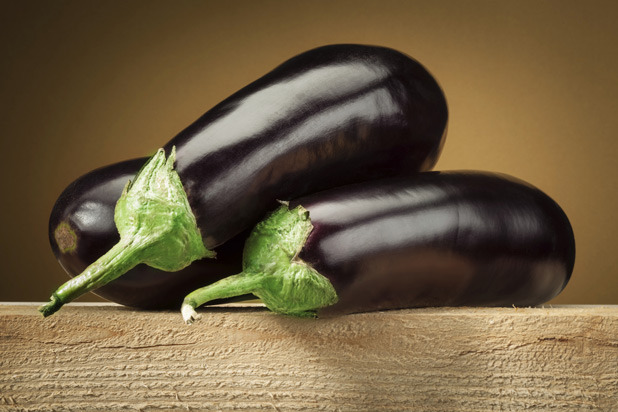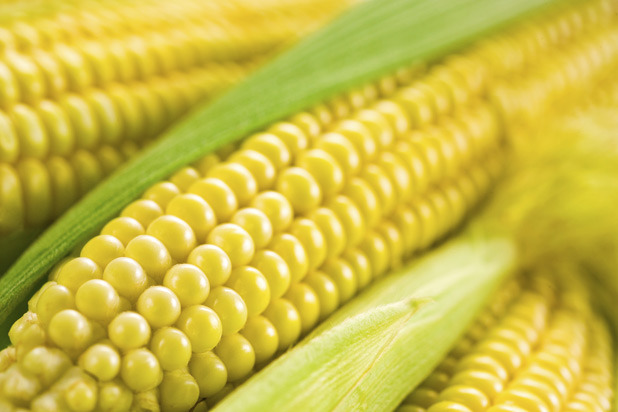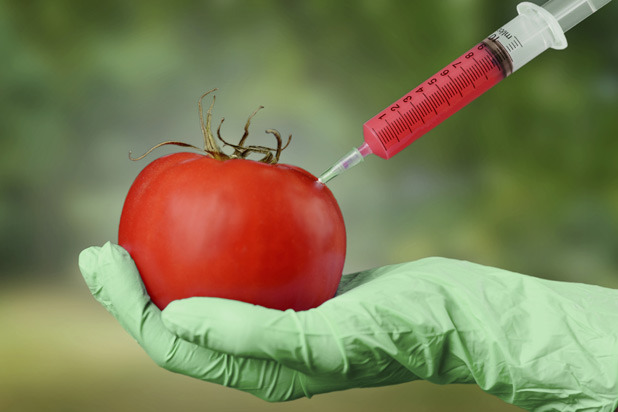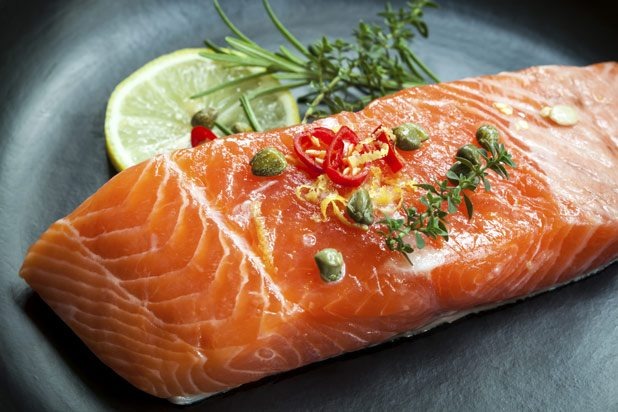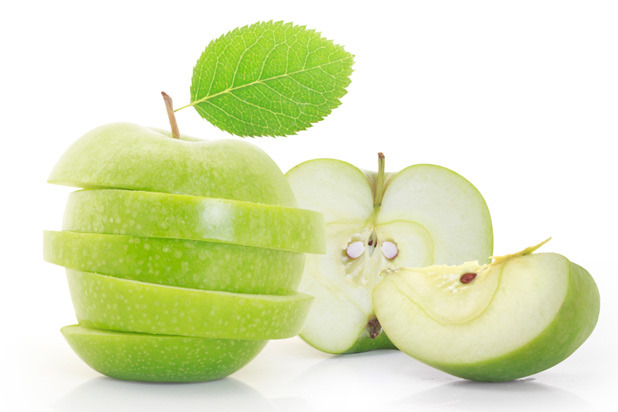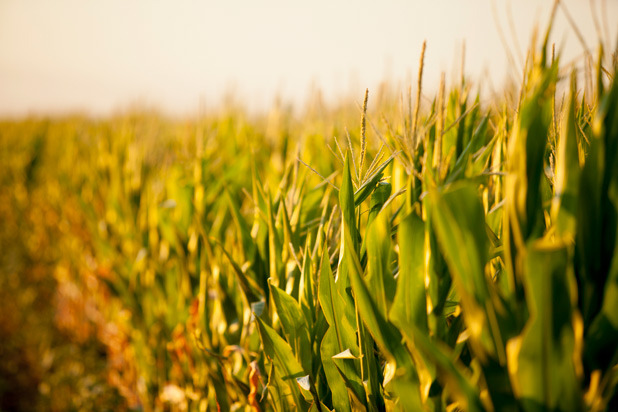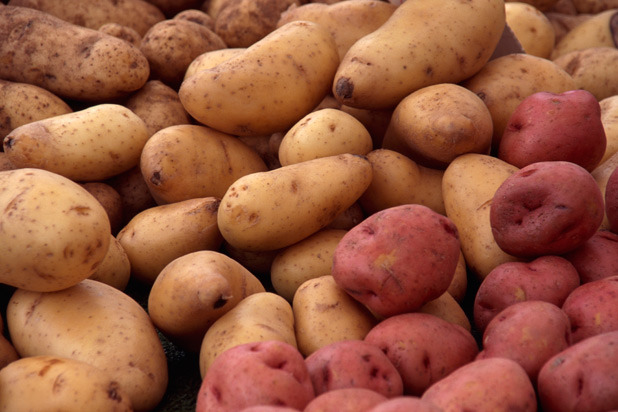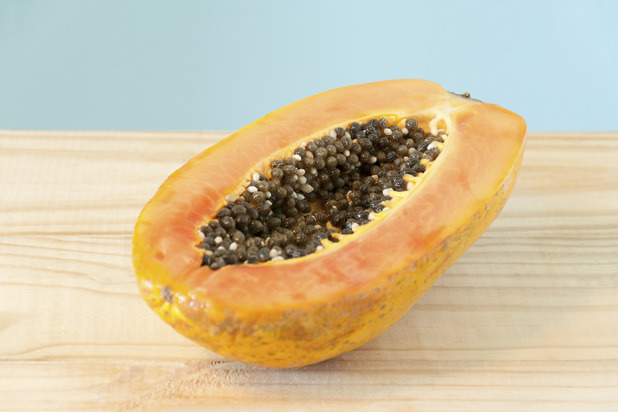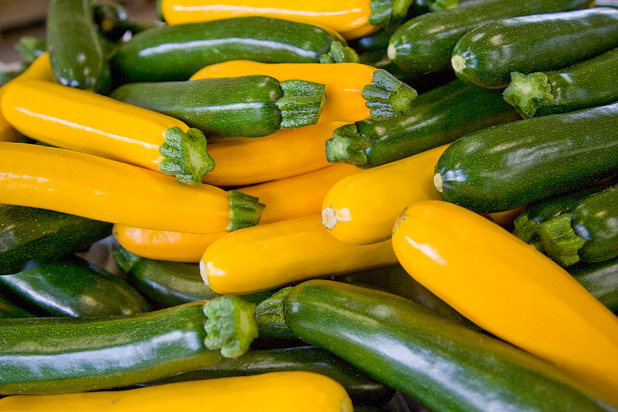Can These GMO Foods Save The World? (Slideshow)
Golden Rice
This breed of rice has been genetically engineered to synthesize beta-carotene, a precursor to vitamin A. Vitamin A deficiencies result in blindness, dwarfism, and death for hundreds of thousands of children every year, and replacing regular rice with golden rice can provide them with this vital nutrient.
Bt Soy, Corn, and Cotton
A soil bacterium called Bacillis thuringiensis (or Bt) produces a natural pesticide, and this gene is currently being injected into the DNA of many different types of crops, including corn, soy, and cotton, preventing the need for dangerous and expensive pesticides. The GE (genetically engineered) corn protects against earworm damage, which is one of the most costly crop pests in North America, and also lowers the level of mycotoxigenic fungi, which have been linked to cancer in humans.
Flavr-Savr Tomato
The first genetically modified food, the Flavr-Savr Tomato, reduced by about 20 percent the cost of producing canned tomatoes. Researchers were able to reduce the formation of the enzyme that results in fruit softening, leading to a tomato that remained firm much longer than its non-GM cousins. The Flavr-Savr, as we reported in our GMO section, was a commercial failure, and is no longer grown.
AquaBounty Salmon
The salmon produced by this Massachusetts-based company have been engineered to reach market weight in about half the time as non-GM fish, 18 months instead of 30, and cost about 20 percent less to produce. The shortened time also can take the pressure off of wild stocks by allowing for a lot more salmon to be produced in the same amount of time. The company has been working to receive approval to sell this fish to the general public for more than 20 years.
Arctic Apples
This product is admittedly more cool than world-changing: an apple that doesn't turn brown once it's cut or bitten into. This results in fewer apples being thrown away once they begin to brown, and more antioxidants, which burn up once the apple begins to brown. They're still not on the market, however, pending government review.
Drought-Tolerant Corn
This one has some obvious benefits: researches have been able to engineer a breed of corn that can survive long periods of water deprivation. A couple different varieties are on the market and already in use, and the one sold by Monsanto, called DroughtGard, added the same gene that bacteria use to continue growing in cold environments.
Blight-Resistant Potatoes
Late blight has long been the bane of potato farmers' existence; the fungus-like pathogen was responsible for the Irish potato harvest being decimated in the 1800s. Ireland's agricultural agency, Teagasc, has been hard at work developing a potato that's been genetically modified to resist blight, and once it's tested and approved, it could do away with the plague that destroys about a fifth of the world's annual potato harvest.
Virus-Resistant Papaya
Papaya ringspot virus has historically seriously lowered yields of papaya crops, and throughout the 1990s researchers worked to develop a cultivar that was resistant to it. In 1999 the first virus-resistant papayas were grown in Hawaii (they elicit an immune-like response to the virus), and today they're approved for consumption in both the U.S. and Canada.
Insect-Resistant Eggplant
The Bt bacteria has also been effectively worked into the DNA of eggplant, which sees up to 40 percent of yearly crop loss due to a pest called the "fruit and shoot borer." The natural insecticide has been found to be non-toxic to fish, chickens, rabbits, goats, rats, and cattle.
Virus-Resistant Squash
The second GE crop to be cleared by U.S. regulators (after papaya), a breed of squash called Freedom II was engineered to be resistant to two viruses. Today six varieties of virus-resistant squash and zucchini are being sold in the U.S.
